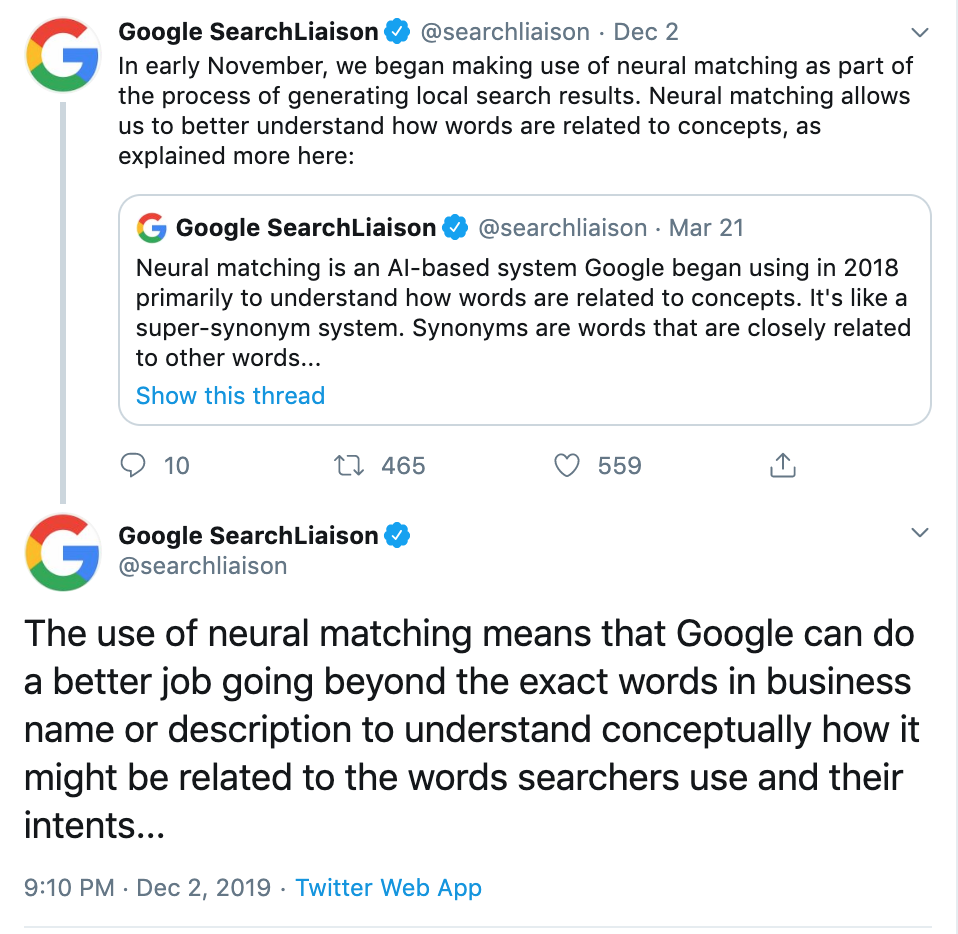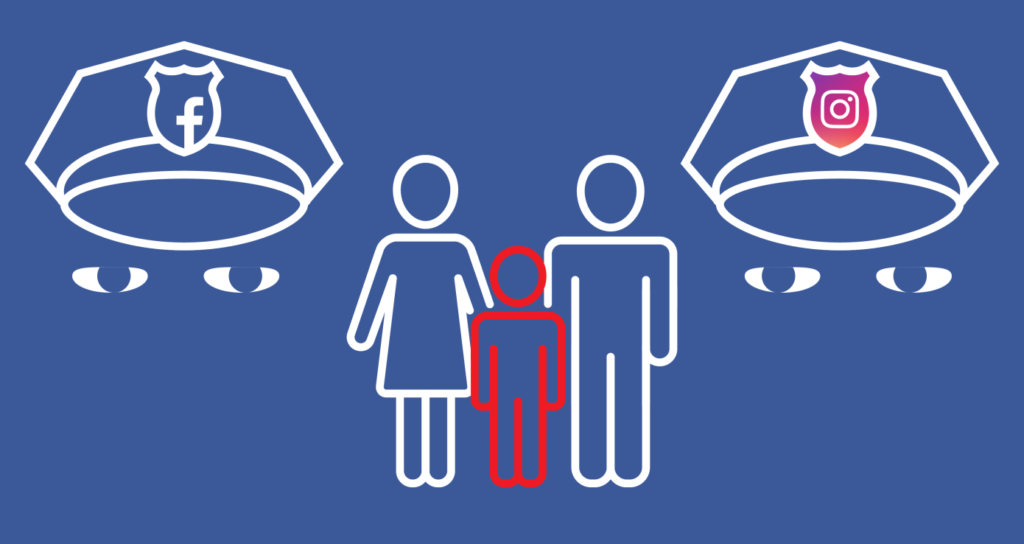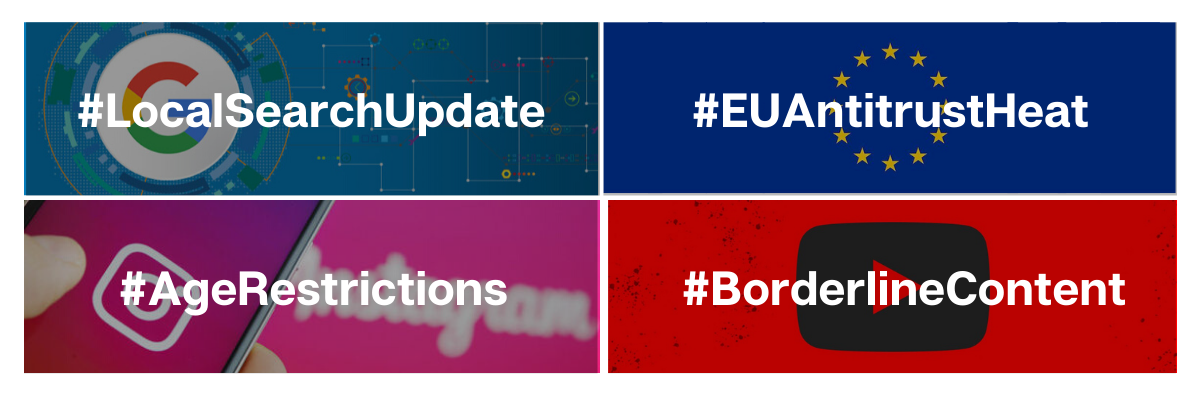Update rumour confirmations, EU antitrust laws coming down hard on Google and Facebook, age verifications and a borderline content breakdown. A lot went down this week in the digital space, here’s what you missed:
News #1: Google Confirms Local Search Update, November 2019
After months of speculation, Google finally confirmed the rumours of a local search update on Twitter that they began using neural matching as part of the process to generate local search results.

Google began using neural matching back in 2018 as a way to better understand language and search queries. Neural matching helps the search engine improve query mapping to results, similar to RankBrain and BERT in a way.
This announcement puts SEOs’ minds at ease as it confirms that the ranking changes are not just in their heads but is a result of a new update. Google will probably be showing different local results as a result of neural matching’s inclusion in the process, just as it did last year when it impacted around 30% of queries.
To optimise for this, Google provides the same advice: relevance, distance and prominence are key to ranking well on local search. The inclusion of neural matching only furthers Google’s understanding of how relevant, prominent or far off your business is.
Source: Search Engine Land
News #2: Google and Facebook face more EU Antitrust Data Collection heat

Google in particular, is facing scrutiny in Europe mainly regarding its collection and use of data and complaints from over 40 shopping comparison sites to the EU Commission about its business practices that continue to harm them as they violate the terms of a 2017 antitrust settlement.
While Reuters reported the case with a focus on Google, CNN’s investigation roped in Facebook to the drama as well. These two just can’t catch a break.
This is not the first time such investigations have come about concerning data protection. An unintended consequence of GDPR has been that Google and Facebook profit more over smaller companies as a result of their large networks and properties. It is clear that this plays a part, if not the whole point, in the EU Commission’s investigation on the data collection practices of Facebook and Google.
If the past gives us any indication of how this will play out, one of two things could happen. One, the platforms would pay either no or minor charges to data collection; or two, additional fines and more disclosure about data collection, retention and targeting.
Source: Marketing Land
News #3: Instagram Launches Age Checks

Instagram will now (finally) ask new users to input their ages before creating accounts and will not allow anyone below the age of 13 years to join the platform; saving a lot of people the embarrassment of reaching out to 12-year-olds thinking they’re influencers.
After nine years, Instagram has put this feature in place as a way to act responsibly and in the interest of underage children, to protect them from the problems of social media.
While this is a great step in the right direction, it does not seem to add much value since Instagram will not be checking ages of existing users, who are still underage. In addition to this, there is actually no real way of verifying whether or not children will be inputting their real ages when creating new accounts.
It all seems like a superficial way of trying to appease angered masses as well as a way to avoid a $40,000 fine in violation of the Child Online Privacy Protection Act, which bans services from collecting personal data from children below the age of 13.
Instagram’s age bar just about meets this criteria making us speculate the genuinity of this step.
Source: TechCrunch
News #4: YouTube’s Borderline Content Crackdown reports to be Working

Back in July 2019, YouTube claimed to making changes to its ‘Recommendation’ algorithm to reduce the spread of ‘borderline’ content i.e. videos on the line between what’s acceptable and what violates YouTube’s terms of service.
While YouTube’s blog post doesn’t exactly reveal what it’s changed or how videos being recommended before and after the changes were affected, it is a step in the right direction for them.
The detailed blog post outlines how external moderators go through certain criteria to determine whether or not a video should be flagged as ‘borderline’. The information is then used to signal machine learning tools that YouTube relies on to police the platform for any such content.
With over 500 hours of content uploaded to YouTube every minute, we know that there is a lot of video content available on the platform that is policed by YouTube. YouTube is doing all they can and a decrease in the number of people watching this borderline content which is a win for them, however, until YouTube releases specific figures about the number of people who have been saved from this content, it is difficult to assess the success of their endeavour.
Source: The Verge

